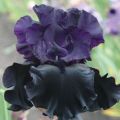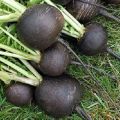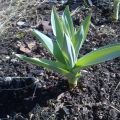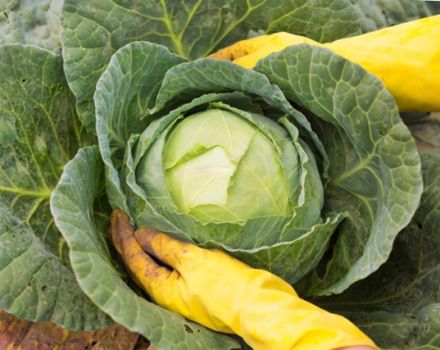Types and varieties of a flower young, description and features of reproduction
Not a single alpine slide or rockery can do without plantings. With a chic rosette of fleshy leaves and a high peduncle, the plant can be used in group plantings or create separate compositions. Rejuvenated has several species, which differ not only in the shape of the leaf, but also in color.
Description of the plant
Belongs to the Tolstyankov family. The appearance is entirely consistent with the name. Having thickened shoots and leaves, it stands out from a variety of other species. It is called a stone rose due to the fact that its rosette resembles a rosebud that grows directly from the ground..
Inflorescences of young plants grow very densely, one to one, forming whole groups of dozens of plants growing together. Leaves are dense and fleshy, with sharp ends, closed in a socket. The star-shaped flowers are yellow, pink, and white. They are located on single shoots that grow up to 20 centimeters in height.
Rejuvenated species
It is important not to confuse plant species and varieties. Species are created by nature in the process of development, and the variety is bred by a man (breeder). In nature, there are 12 main types of this culture and more than 50 subspecies.
Rejuvenated roofing
Refers to large representatives of the sempervivum. Its rosette circumference is 20 and its height is 8 centimeters. Peduncles with leaves are strewn with flowers. Height - up to 60 centimeters.
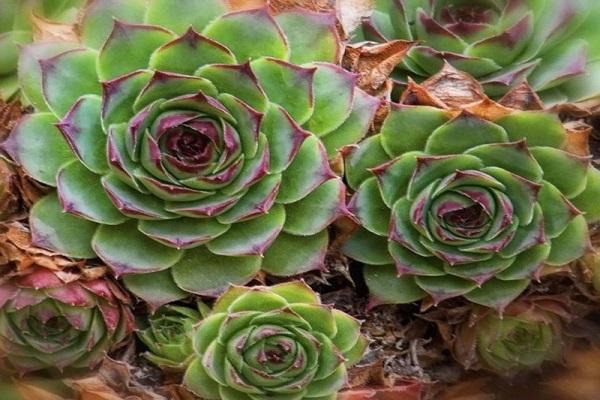
It blooms in mid-summer and ends in late August. The flowers are dark or light cherry color. The stone rose multiplies rapidly. Leaves, slightly pointed at the ends, are collected in a bunch. Red shoots. This species has two subspecies:
- with purple leaves;
- brown leaves.
The size of the rosettes is from 3 to 20 centimeters.
Russian
This type of outlet can be up to 35 centimeters wide, with a base of only 7 centimeters. A special feature is the stems covered with hairs and grooves. The leaves of the rosettes are elongated. Inflorescences are yellow, fluffy, up to 10 centimeters high. Bloom begins in July-August. Flowering lasts no more than 40 days.
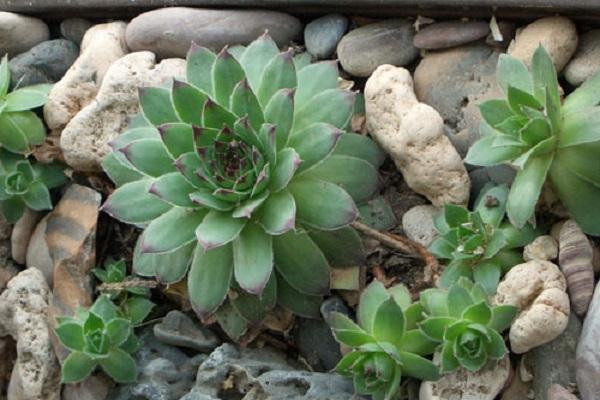
Cobweb
It is this type of sempervivum that attracts attention with its appearance. The perennial has spherical rosettes - up to 2 centimeters. Juicy green leaves with cherry edges. It got its name from the white, intertwined threads that are located on the leaves of the plant. Visually, they resemble a spider web.
The purple-red flowers of this species appear by mid-July. The young spiderweb also has varieties that differ in leaf color and size.
Marble
Rejuvenated Marble at an early age is characterized by slight furry. The color of the leaves is green at the base, and the middle and tips are red. The width was young - up to 10 centimeters. The peduncles are covered with red flowers decorated with white edging. Stretch up to 20 centimeters in height.

Spherical
It takes root well on rocky soil, does not tolerate shade and moisture stagnation. Having small rosettes (only 3 centimeters), it produces a peduncle to a height of 15 centimeters. Blooms in July. The green-yellow flowers are densely arranged and bloom together. The leaves are green with red edges.
Small
This one had small rosettes rejuvenated - up to 2.5 centimeters. Green leaves have cilia-like pointed edges at the edges. Peduncles with leaves along the trunk stretch up to 25 centimeters. The flowers are purple-red, delicate. Each petal has a darker strip in the middle. Flowering lasts from the last days of June to mid-August.

Caucasian
The Caucasian species deserves special attention. The rosette can stretch up to 20 cm in height, and its width does not exceed 5 centimeters. The stems are shaggy, as they are covered with multiple glandular hairs. The inflorescence stretches up to 7 centimeters, with many purple and lilac flowers.
Important! If you do not intend to collect seeds, then after flowering, the peduncle must be removed. With the formation of seeds, the peduncle dries up, and the rosette itself begins to dry out, the result is the death of the plant.
The varieties were young
Sempervivum has many varieties and forms of hybrid origin. Some can even be grown indoors. Many have become very popular with flower growers.

Wulfen rejuvenated
One of the favorites of florists. It attracts with glossy leaves, along the edging of which there are cilia. The rosettes are small - up to 5 centimeters in diameter; the peduncle is expelled up to 25 centimeters in length. Lemon flowers with pleasant aroma. In the center is a spot of purple hue.
Gamma
This spectacular variety was recently bred. Differs from other specimens in dark brown leaf color. It blooms with white flowers starting in mid-summer.
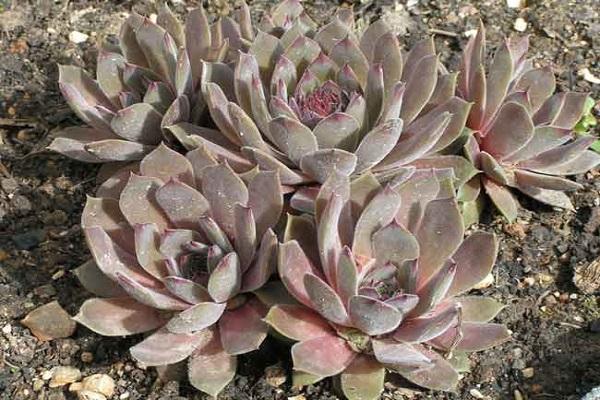
Planting and caring for the young
In order for a sempervivum to please the eye, it needs to provide certain conditions for growth and reproduction.
Growing features
The agricultural technique of this flower is very simple. He is not afraid of spring frosts, droughts, scorching summer sun. Does not need fertilizers and systematic watering. Not prone to diseases (except for rot) and is not affected by pests.
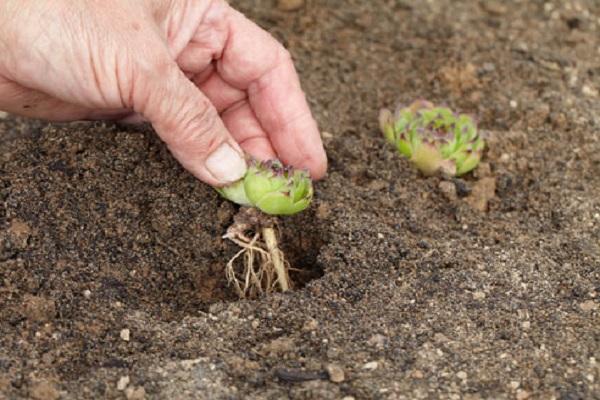
It is necessary to take into account the following growing rules:
- Loves bright and sunny areas. In the shade, the leaves become dull and the plant will slow down growth and development. Rockeries and alpine slides are the best option.
- It grows on different soils, except for damp ones, where moisture stagnates. Prefers loose and light soils.
- The transplant must be done when the socket is noticeably shallow and twisted. Approximately once every 3 years, in early autumn.
- It only needs watering in dry weather, as it easily tolerates drought. Excessive watering is not recommended, since with stagnant moisture, the plant is affected by rot.
- Preparing for the winter. Adult plants are winter hardy. Only young individuals need shelter. It can be covered with spruce branches or special covering material.
- It is necessary to remove faded flower stalks, rotten leaves in time. After watering, the soil must be loosened.
Even a beginner can handle these simple rules of care.
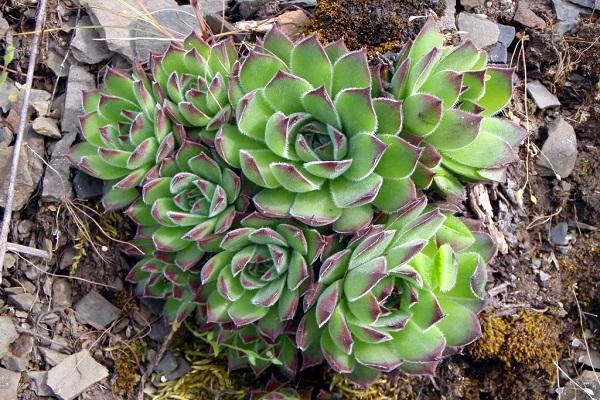
Reproduction rejuvenated
The rejuvenated reproduces well independently. A bud is formed on the stems that come from the mother plant, which then forms a rosette. When it reaches the soil, it immediately begins to take root. There are several such offshoots from the mother socket.
Over time, there may be about 10 children around her. Within a year, they develop into an adult plant. They are separated and transplanted to a new location. The distance from each other is about 7 centimeters. Young plants root well and take root.
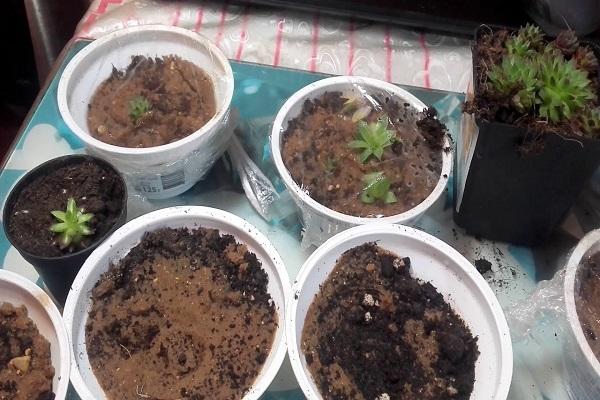
Use in the garden
The main application of the Sempervivum is, of course, alpine slides and rockeries. Compositions from these plants can decorate any stone garden. They fit perfectly into any style and size.
Some varieties, with small rosettes and peduncles, are used for small rockeries. The number and variety of species and varieties allows you to even make a green carpet in the beds, as well as create separate small compositions.
A very popular hybrid variety is Pharaoh. It is always used in group plantings. All varieties and species of rejuvenated harmonize well with saxifrage and stonecrop.

Diseases and pests
Birds are the main leaf pests of the plant. The root system is damaged by larvae. The affected flower begins to wilt and needs to be transplanted. The previous place must be cleared of larvae.
From diseases - rot. It can appear at the base of the outlet, due to excessive watering or damp and rainy weather. Rotten leaves must be removed.
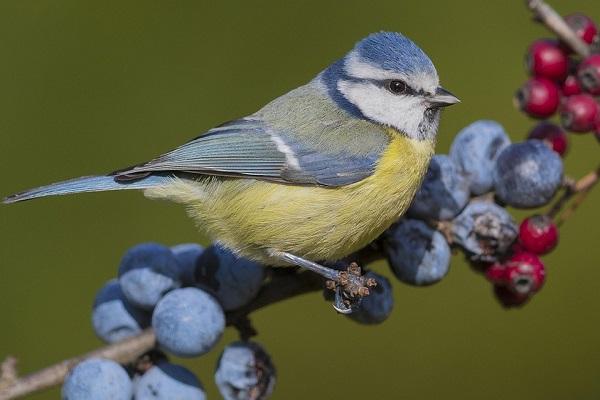
Healing properties
Rejuvenated has long been used in medicine. After all, it has anti-inflammatory, disinfectant and analgesic properties..
It is used in the treatment of such diseases:
- stomach ulcer;
- scurvy;
- diseases of the cardiovascular system;
- stomatitis;
- epilepsy;
- fever.
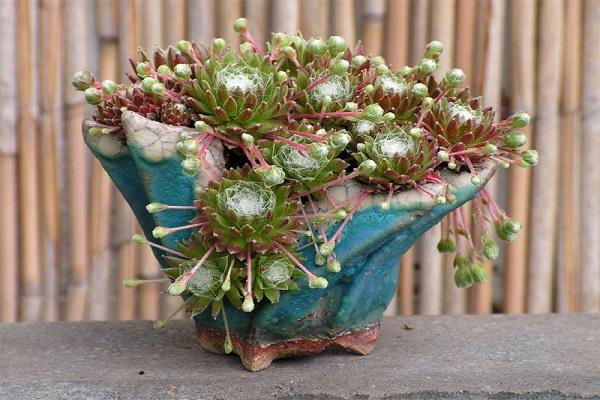
With an insect bite, wound, cut, you can use a crushed leaf of rejuvenation. The plant sap removes age spots on the face and freckles.
Important! Before using the plant for medicinal purposes, you should consult your doctor.
There are not many such plants that do not require much attention. Younger is one of them. It is not for nothing that flower growers love it so much: it is unpretentious, beautiful and can become an adornment of any garden. And its varieties are large.


